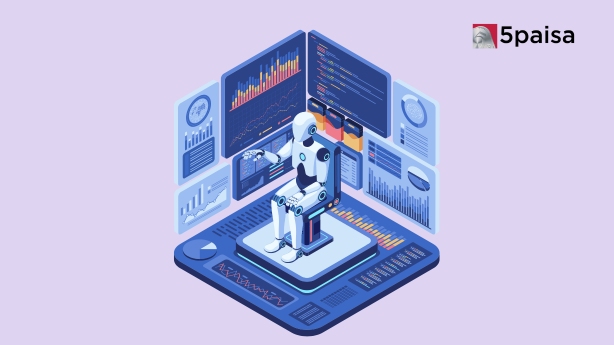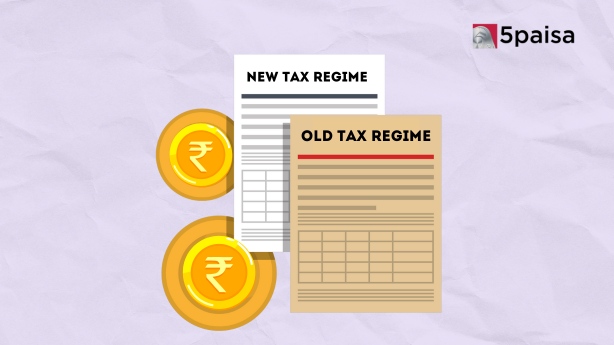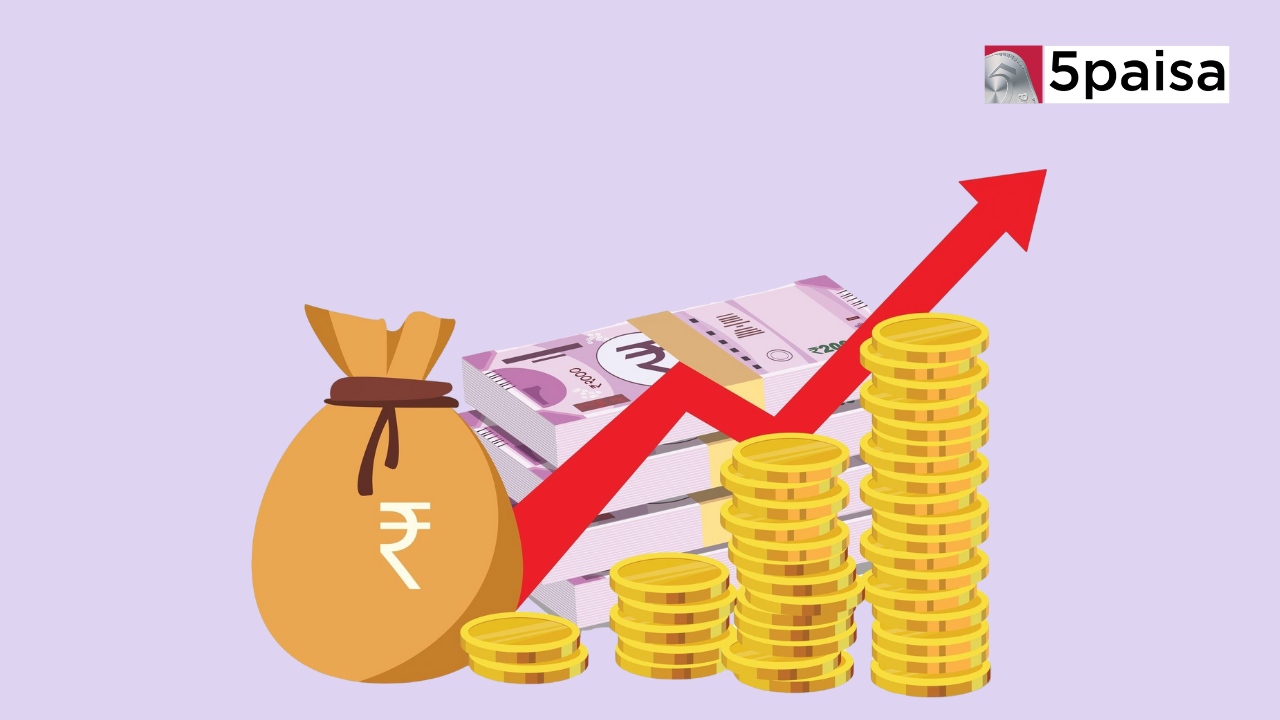3 Technologies Disrupting Finance in 2025: AI, Blockchain & Big Data Revolution
How To Use Double Indexation To Reduce Your Taxes?

Transaction of capital is great as long as the flow is incoming. The common enemy that the common man shares is 'Tax'. One avoids the straight path and follows the curviest road possible, all to save taxes off their hard earned money. Interestingly, there are other shorter and smarter ways of reducing taxes on your capital. Double Indexation is one such method employed to sail through sea of taxation in India.
Understanding the Basics
The term Indexation is nothing but a method for suitable balancing of payable tax by stationing an appropriate price index, which is to be adjusted according to the inflation rate. It basically balances the value of one's asset by taking into consideration the inflation rate from the time of purchase to the time of selling. For instance, a man buys a property for Rs 10 lac in the year 2010 and he sells it off in 2015 for Rs 25 lac. Dividing the CII (Cost Inflation Index) for the year 2010-11 and 2014-2015, we get a value 1.4402. This number multiplied by the purchase price will give us about Rs 15.2039 lac, which is the indexed purchase price. Accordingly, this capital gain (profit) would Rs 25 lac-Rs 14.402 lac, which is around Rs 10.597 lac and not, as earlier assumed, Rs 25 lac-Rs 10 lac = Rs 15 lac. The man now has to pay tax on Rs 10.597 lac and not Rs 15 lac.

Twisting the Plot
Indexation hence works out in the favor of a taxpayer. A smarter way around is double indexation over the trading of your assets. It is shown that index value changes every year, in accordance with the fluctuating inflation rate. Double Indexation is nothing but buying an asset just before the financial year end (the month of March) and selling it off right after it. Let us consider the man from the previous example. This man invests in the same property in the year 2010 but in the month of February and he sells it off in May 2015. Here, he will be entitled to CII from 2009-10 to 2015-16. As a result, his new CII divided value would be 1.7104. By doing similar calculations, his tax payable amount has now reduced to Rs 7.896 lac. Despite having held the property for a little over 5 years, this man has enjoyed indexation benefits for two extra years.
Summing It Up
Since returns from equities become tax-free for a 12 month holding period, the concept of double indexation isn't applicable to it. It, though, can suitably be applied to different assets such as FMPs (Fixed Maturity Plans), Gold Funds, International funds etc. Benefits by double indexation are best tapped during the month of February and March. The difference in the tax payable amount, as shown in the previous example, is significant. With appropriate planning, long-term gains can be achieved in a further profitable way.
- Flat ₹20 Brokerage
- Next-gen Trading
- Advanced Charting
- Actionable Ideas
Trending on 5paisa
Personal Finance Related Articles
Disclaimer: Investment in securities market are subject to market risks, read all the related documents carefully before investing. For detailed disclaimer please Click here.

 5paisa Capital Ltd
5paisa Capital Ltd




